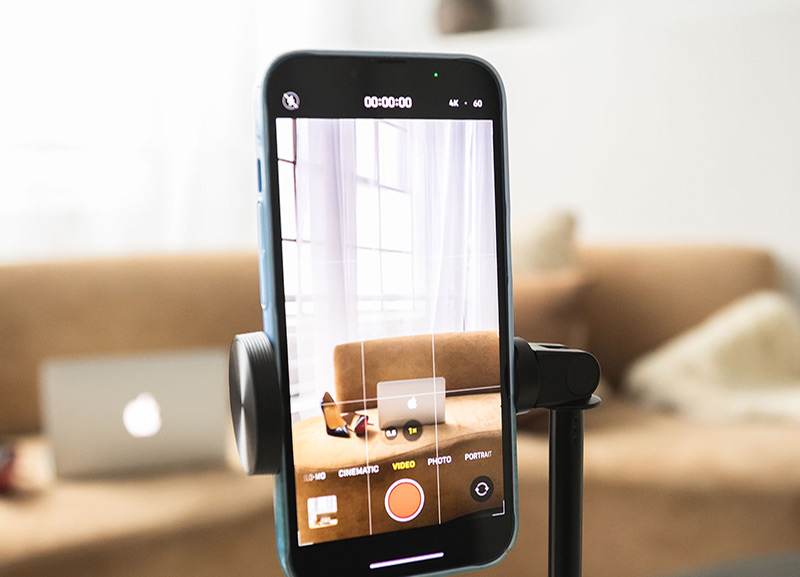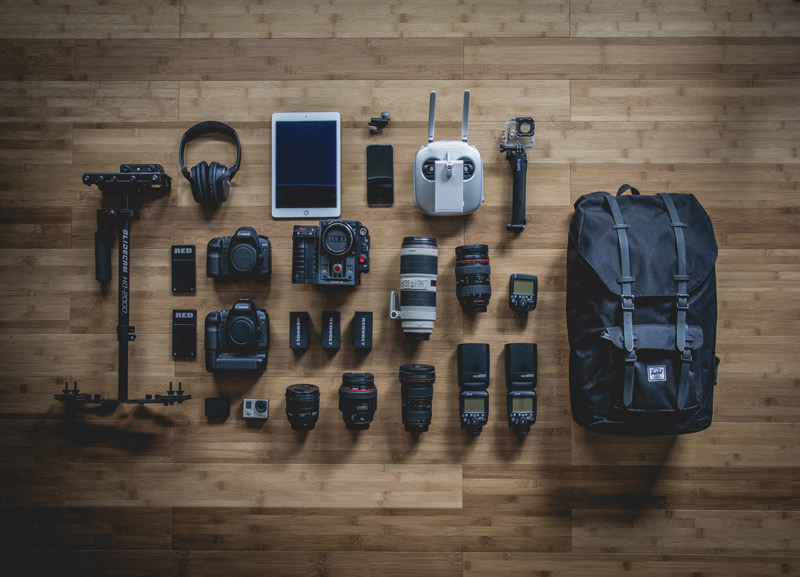How to Create Accessible Social Media Content
In 2020, it was estimated that there were 3.8 billion social media users worldwide, which equates to about 45% of Earth’s population.
Alternatively, it’s been estimated that at least 1 billion or 15% of the population experience some sort of disability. Moreover, it’s important to look at how your brand’s social media content can become more accessible for those with disabilities. In this blog, we will detail specific features you can add to create accessible social media content.
How to make accessible social media content
Use A Different Colour Contrast
At least 2.2 billion people in the world are living with some form of visual impairment, whether it be colour blindness, low vision, near vision or blindness. To help create an easier viewing experience, it’s important to use a colour contrast of at least 4:5:1 as per WCAG. To create an easier viewing experience, creators should first avoid red and blue or green and yellow colour combinations as they are hard to read. Secondly, creators should avoid overlaying text on images and rather overlay on solid backgrounds. Lastly, creators should consider using patterns to differentiate data on a graph. The use of stylizing links to be more noticeable and the use of symbols can result in an easier viewing experience.
Include Image Descriptions
Image descriptions allow for screen-readers to easily describe an image for someone who is blind or low vision, which is extremely important on these platforms that are so visually focused. Sites like Twitter, Facebook and Instagram have all introduced features to help give access in the forms of auto-generated image detailing and the ability to add alternate text on images and posts.
Add Open and Closed Captioning
Another feature that has been introduced on social media to help make a more accessible environment, is the ability to add open and closed captions in video content. Open and closed captioning is imperative for those hard of hearing as they provide text-based information and descriptions of the audio.
YouTube has been on the forefront of this feature as they have provided automatic captioning on their videos for years. Auto-captioning is not always accurate, therefore many brands add their own SRT files to ensure accuracy.

In this video for The Ontario Caregiver Organization, Soar Media Group added captions using an SRT file.
Represent and Support Those With Disabilities
One way that companies can create a more accessible landscape in the media world is by representing those with disabilities. Unfortunately, people with disabilities are rarely portrayed — only 1.6% of all speaking characters in 2018 blockbusters had a disability, and that number is down by 2.5% since the year before it. By giving these communities a platform to express themselves, it allows for a broader experience for viewers in similar situations, which is the goal for The Disability Visibility Project.
The DVP is an online community coming together to help create, share and amplify disabled media and culture, through podcasts, books and online interviews. Similarly, it’s also important to look behind the camera and give those with disabilities the opportunity to tell their story from their perspective. According to the annual diversity report The Diamond Report, those with disabilities only account to 5.2% of production crews and the off-screen workforce.
Accessible Content Checklist
✓ Descriptive Image Captions
Adding alternate-text options on images on sites like Facebook, Twitter and Instagram is super easy and helps the visually impaired understand and view a photo or GIF in their own way. In addition, when creating alt-text, it is especially important to be as descriptive as possible, for instance mentioning colour, sharing humour and including GIF’s if possible
✓ Open and Closed Captioning on Videos
Open and closed captions provide an easier viewing experience for those consuming content in public spaces. Facebook, YouTube and Instagram all offer auto-generated captioning on videos as well the option to manually add text in through typing them yourself or using a SubRip (.srt) file.
Also include video descriptions, which help describe the visuals happening on screen. This can broaden the experience for visual and hard of hearing viewers. To provide this, include descriptive audio that reads out the important descriptions alongside the dialogue.
✓ Accessible Text Ratio and Colour Contrast
According to WCAG, a minimum contrast ratio of 4:5:1 should be used when adding text over an image. As well, it’s important to ensure that your content is coloured-correctly for those with colour blindness. W3C has a formula that ensures content is adjusted properly.
Accessibility help pages
Most major social media platforms run social media accounts dedicated to ensuring accessibility on their platforms. Here is a list to ensure you are correctly making your content as accessible as possible:
YouTube
Using the features and checklist detailed above, you can help create a more accessible social media world for others!
Articles you might also be interested in –
Soar Media Group is a full-service social media marketing agency located in Toronto. We help lifestyle brands create unique social media experiences through digital storytelling and content marketing. Contact us for a quote.




